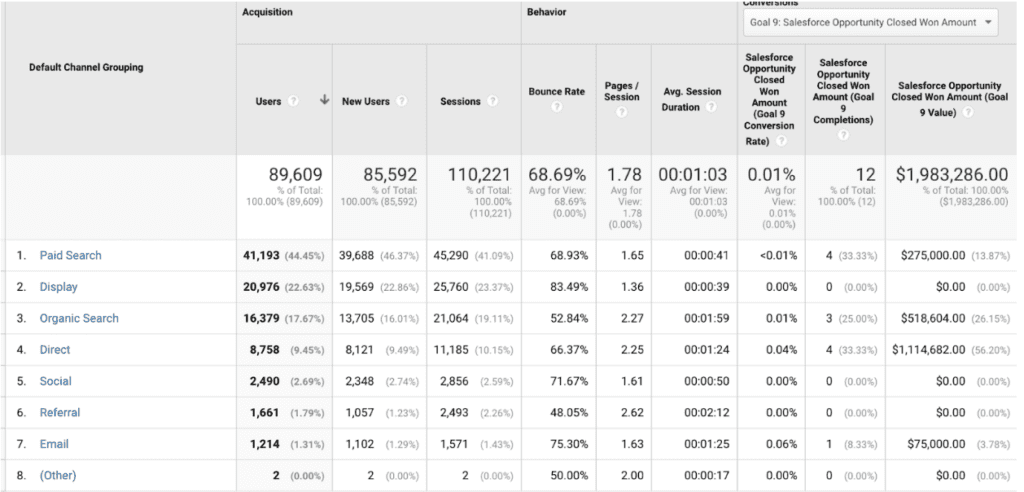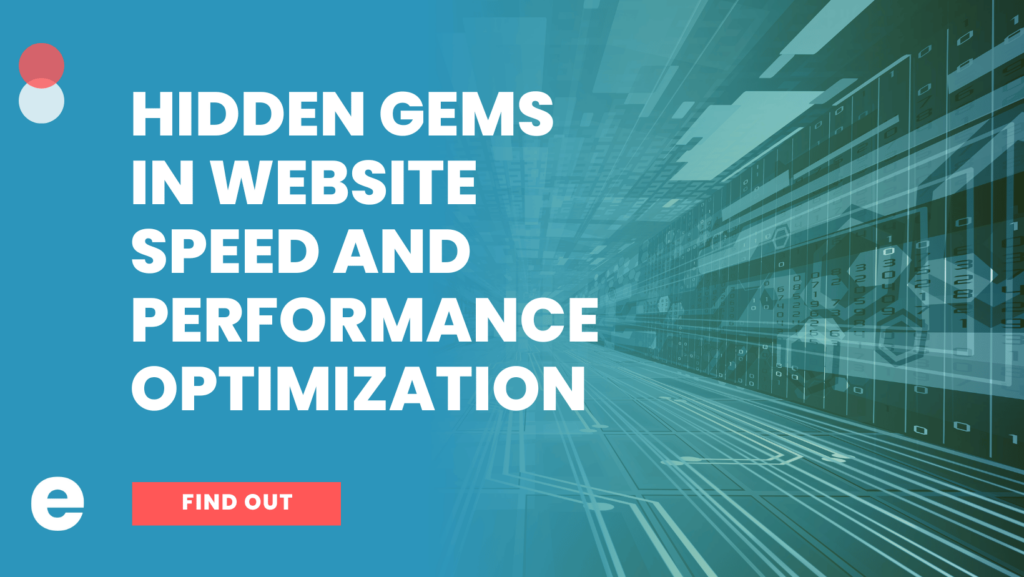When an organization has a long sales cycle, it can be challenging to show marketing return on investment (ROI). The long lead time can make it difficult to know what is working and what is not with marketing. If it typically takes 6 months or more for a sale to close, how do you know if what you are doing is making an impact towards your business goals?
Pipeline marketing refers to lead generation and sales as it relates to revenue, which includes all activities that widen the sales funnel. With proper tagging and integrations, companies can report on the marketing activities that are directly contributing to deals within the sales pipeline.
If you’re interested in learning more about the sales pipeline and how it pertains to marketing, this blog will give you everything you need to know.
What is A Sales Pipeline?
A sales pipeline is a visual representation of each step in the sales process. From start to close the sales pipeline shows what stages a prospective customer goes through. In other words, it shows how a lead becomes a customer. You can also assign the contract value and percentage likely to close based on the stage in the pipeline, therefore providing the pipeline value.
The sales pipeline includes the following stages:
- Prospecting
- Lead generation
- Lead nurturing
- Deal closing
- Post-purchase
The sales pipeline is different from a sales funnel. The funnel focuses the conversion rates of prospects in your sales pipeline. It is called a funnel because visually it looks like one with the prospects at the top at the widest point then gets narrower if the lead does not convert.
The Problem with Sales Pipelines
Marketers who work in organizations with sales teams often focus on metrics that can only provide a very high-level view of how their campaigns are performing. The main lead conversions can be seen through phone calls and form fills. In addition to website engagement metrics, stay in sync with your sales team for follow up loops on the quality and success of those “leads”.
Tension may arise between the sales and marketing departments. Marketing is confident the lead value they are sending to the sales team is what the company needs to hit revenue numbers. On the other side, the sales team may complain that marketing is not sending them qualified leads.
There is not a lot of visibility to the connection points between marketing leads and sales pipeline value for anyone in the organization to truly understand what is going on and how to continually improve.
How To Build A Successful, Marketing Attributed, Sales Pipeline
If your sales and marketing teams are in a disconnect, don’t worry. There’s always a solution.
Marketing can report on the leads that were influenced by marketing, such as emails, SEO, advertising, referrals, and so on. They know the pipeline stages and potential revenue value as well as when deals close and attributing closed won deals to marketing touchpoints. Implementing this solution begins to open line of sight to necessary data that is so often missing from marketing reporting.
For marketing organizations to have a better line of sight to true sales activity, it is important to integrate your marketing analytics, such as Google Analytics, with your customer relationship management system (CRM). Some CRMs, like Salesforce, offer integrations with Google Analytics that are relatively quick to implement. Other CRMs may take a custom setup to implement.

It is also important to ensure the CRM is set up with the important pipeline stages that can have assigned opportunity values and weighted with percent chance to close. Creating this link between your CRM and Google Analytics can essentially close any gaps in your marketing funnel. Along with that, it can build an extremely insightful dataset to bring into marketing analytics reporting.
Google’s depreciation of Universal Analytics and their move towards depending on GA4’s machine learning capabilities should be additional motivation to create an Analytics-CRM integration. By injecting actual hard sales data into your marketing funnel, you can gain a more accurate depiction of your customer journey. Furthermore, it can add value to the essential channels that are really driving sales and may actually be at the top of the funnel.
An Analytics-CRM integration allows your marketing department to know which channels are influencing the deals in the pipeline and the quality of leads that are going through. With this information, marketing teams can make optimization decisions to continually improve their programs. Also, they can have reporting that carries more weight as they discuss it with their sales and executive teams.
Start Generating Quality Leads Today
In conclusion, pipeline marketing is an indispensable methodology that maximizes lead generation and enhances sales outcomes by orchestrating a well-coordinated series of marketing efforts. By understanding the dynamics of the marketing pipeline, implementing a robust marketing pipeline strategy, and embracing digital marketing innovations, businesses can achieve sustainable growth, strengthen customer relationships, and maintain a competitive edge in today’s ever-evolving marketplace.
If you want more lead conversions, it is important that your sales pipeline include your marketing department in some way. For example, evidence-based, marketing insights from Google Analytics can help you know what and what is not working in your sales funnel. This is vital information to making that next big sale.
The digital marketing experts at Enilon can help get you started. Whether it be setting up analytics, creating a new digital marketing strategy, or anything in between, we have you covered. Contact us today to learn more about our digital marketing solutions!


